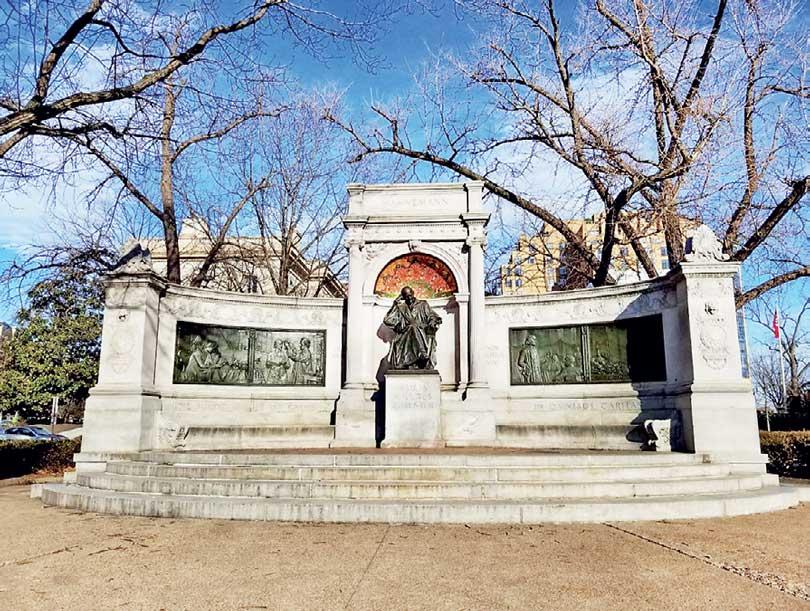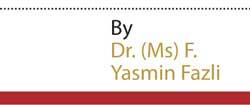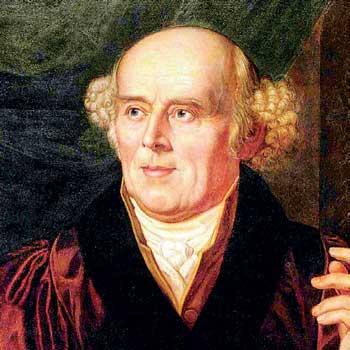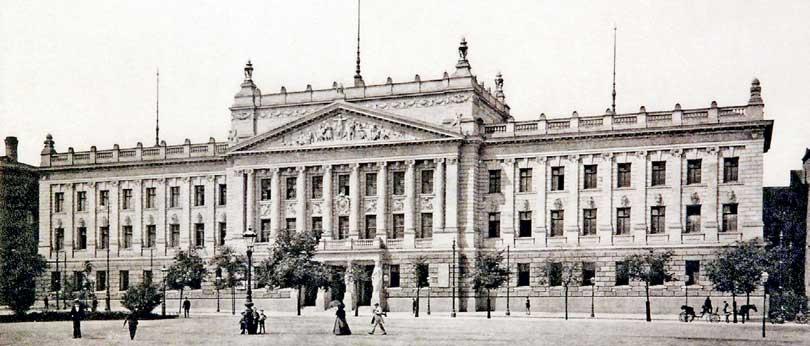Reply To:
Name - Reply Comment
German physician and founder of homeopathy (1755-1843)

 Samuel Christian Friedrich Hahnemann, the founder of the homeopathic system of medicine, was born on April 10, 1755 at Meissen in Saxony, Germany. He studied first at the “elector’s school” of Meissen, and thereafter as a student of medicine at Leipzig and Vienna. He took the degree of M.D. at the University of Erlangen in 1779,
Samuel Christian Friedrich Hahnemann, the founder of the homeopathic system of medicine, was born on April 10, 1755 at Meissen in Saxony, Germany. He studied first at the “elector’s school” of Meissen, and thereafter as a student of medicine at Leipzig and Vienna. He took the degree of M.D. at the University of Erlangen in 1779,
Dr. Hahnemann was very dissatisfied with the limited knowledge of human organism, disease process and the effects of medicines being used. So after acting as physician at various places, he returned in 1789 to Leipzigleft his medical career and took up translation work to support his family. He was largely occupied himself in the translation of medical works.
While translating Dr. Cullen’s book of medicine (Dr. Cullen was a professor of medicine in university), Dr. Hahnemann came across a line in which Dr. Cullen attributed the curative action of Cinchona bark (from which quinine is prepared) in malarial fever to the fact that it was bitter. Dr. Hahnemann was not satisfied with this explanation as there were so many bitter substances around but none other showed any curative action in malarial fever.
To find the truth, he decided to investigate the action of Cinchona bark extract by taking the medicine himself. After taking the medicine for two days, he found that symptoms similar to malaria developed in him. He was amazed with this observation. He repeated the experiment on many friends and family members and found the same results. So from this observation he deduced that Cinchona bark is able to cure malaria because when taken by a healthy human being, it can create malaria like symptoms.
 After much reflection and many experiments, he became convinced of the truth of the principle. He called it ‘Similia Similbus Curantur’ or ‘Like Cures Like’. Simply stated, it means that a medicine can cure those symptoms in a diseased person, which, it can produce in healthy individuals.
After much reflection and many experiments, he became convinced of the truth of the principle. He called it ‘Similia Similbus Curantur’ or ‘Like Cures Like’. Simply stated, it means that a medicine can cure those symptoms in a diseased person, which, it can produce in healthy individuals.
Further experiments convinced him that the conventional doses produced symptoms of unnecessary and dangerous violence, and this led to another principle, that of minimum doses, according to which the benefit to be derived from a medicine can be fully obtained by the administration of a very small quantity.
Firmly convinced of the truth of these principles, Dr. Hahnemann spent the rest of his life in making them known to the world. He encountered much opposition, and in 1821 was forced to leave Leipzig as he was not allowed to dispense his own prescriptions. The grand duke of Anhalt-Köthen, however, appointed him his physician, and at Köthen he resided till 1835 when he removed to Paris. He died on July 2, 1843.
Dr. Hahnemann was a man of remarkable courage and perseverance. He not only sacrificed his immediate interests for the sake of his convictions, but made many painful experiments upon his own person.
To find the truth, he decided to investigate the action of Cinchona bark extract by taking the medicine himself. After taking the medicine for two days, he found that symptoms similar to malaria developed in him
Homeopathy remedies stimulate the body’s own healing potential by restoring the balance of the immune system and countering the genetic predisposition.Homeopathic treatment will control the number and severity of lesions, minimize flare ups, improve your quality of life, reduce disability and in most cases bring about a permanent cure. Since the medication is extracted from nature there are no side effects but increases the resistance of the body.Homeopathic remedies treat a wide variety of illnesses: infectious diseases such as flu and colds, dengue, chikungunya and all viral fevers, chronic conditions such as allergies, asthma, migraines, arthritis, Psoriasis, eczema,haemorrhoids (piles), catarrh, sinusitis, prostate enlargements, female disorders such as fibroids, ovarion cysts ( prevents surgery) and pre-menstrual symptoms. Also for mental and emotional disorders, in children for infantile eczema, wheezing, for kidney and gall bladder stones, etc. The medicine is in tablet or powder form consisting of either fat-free goat’s milk (lactose) or cane sugar, (is the base) medicated with herbal homeopathic remedies. The highly individualised treatments are based on a person’s genetic history, personal health history, body type and present status of all physical, emotional and mental symptoms.
Today there are more than 800 Homeopathy Medical Colleges in the world, at least 500,000 practitioners, and millions of patients using Homeopathy. Homeopathic medicines are available in most countries and in some countries like India, Pakistan etc, the legal status of Homeopathy is already at par with allopathy.

The author is a Medalist – D.H.M.S (Pak)
and Consultant - Ministry
of Indigenous Medicine,
Sri Lanka